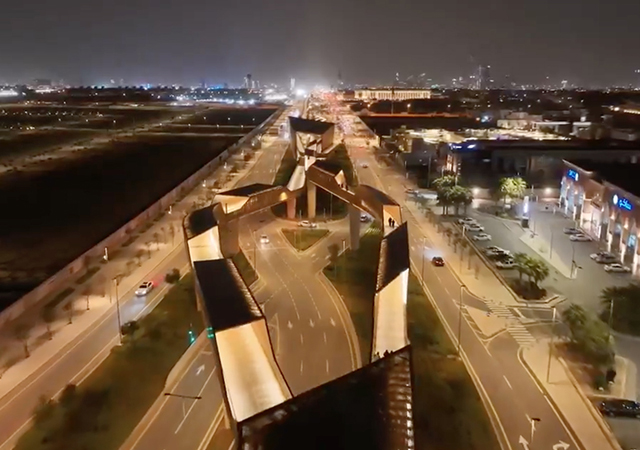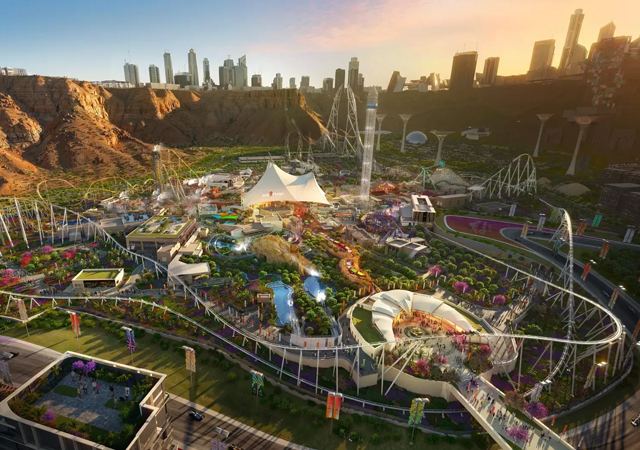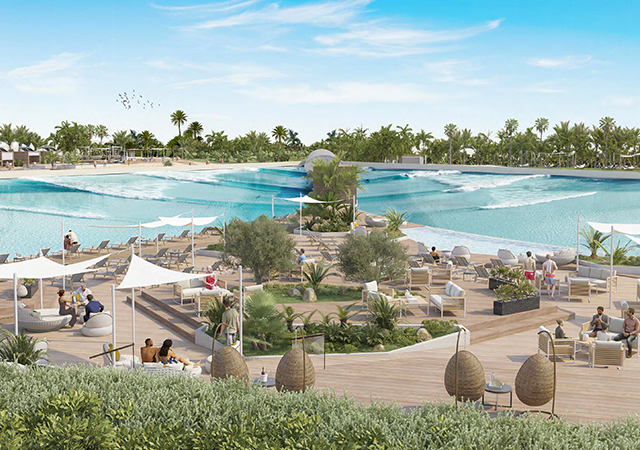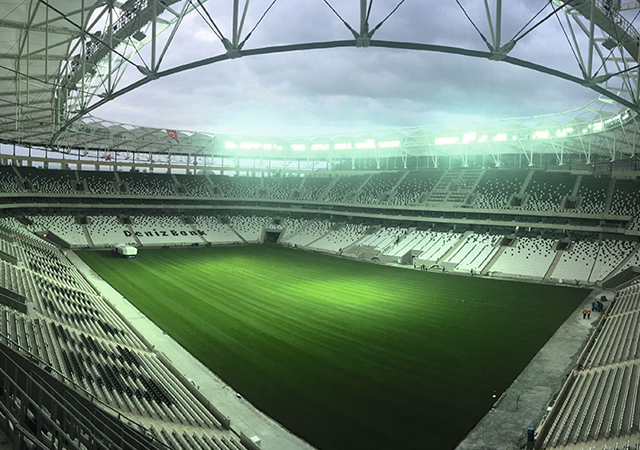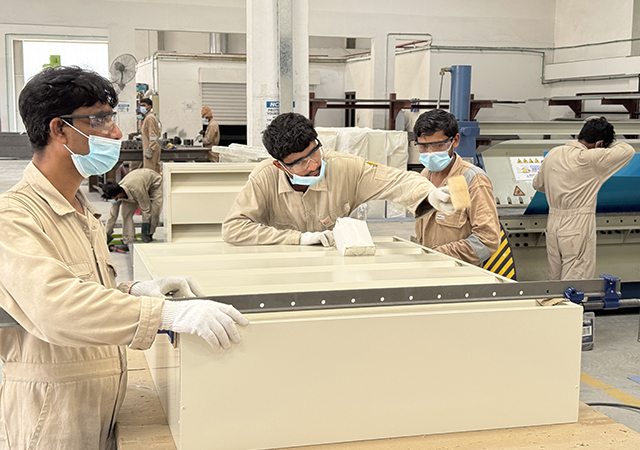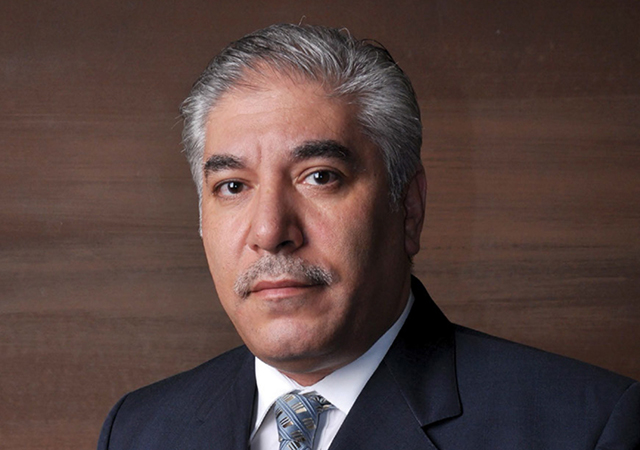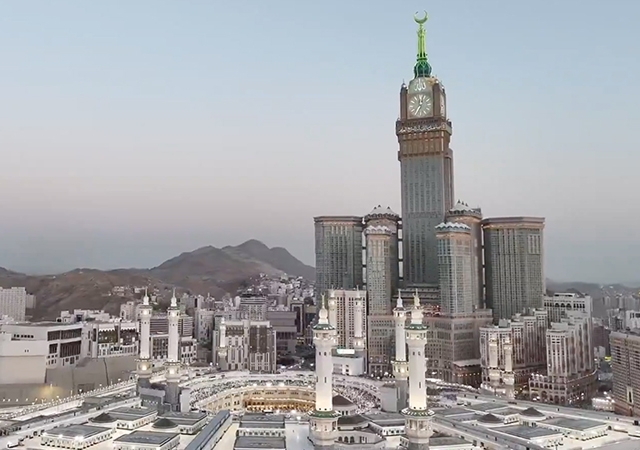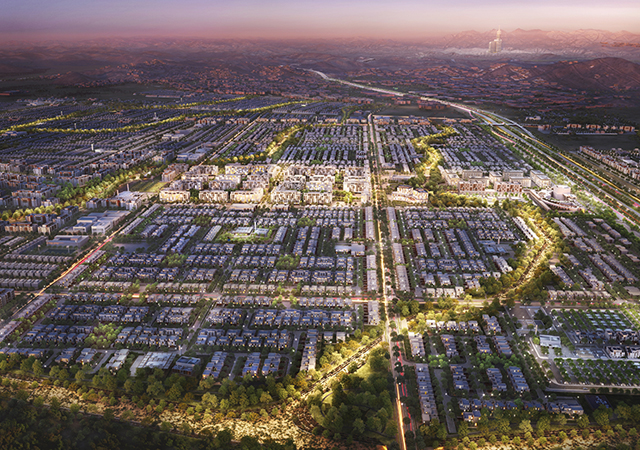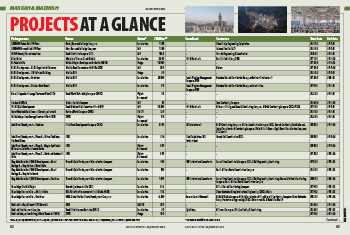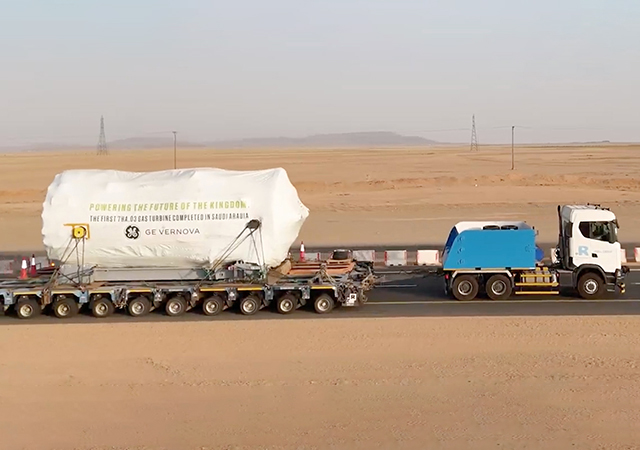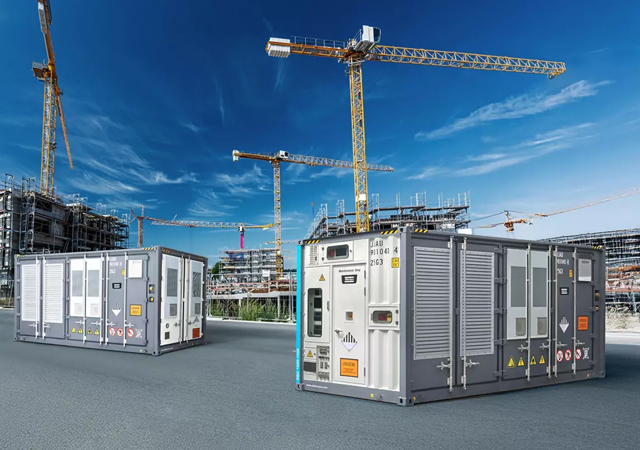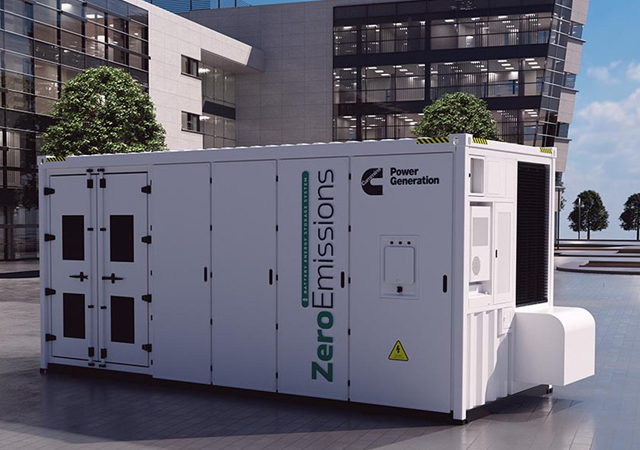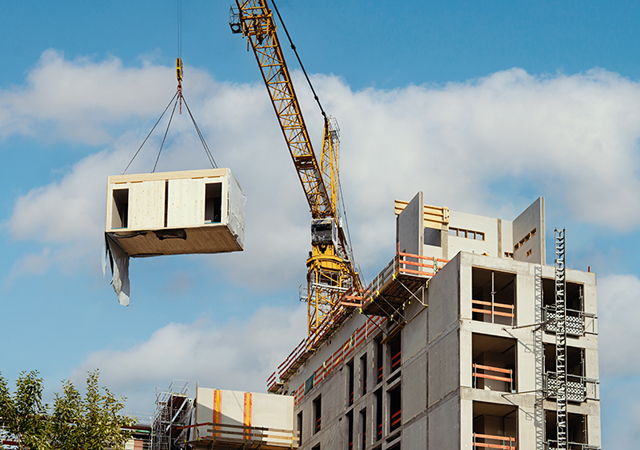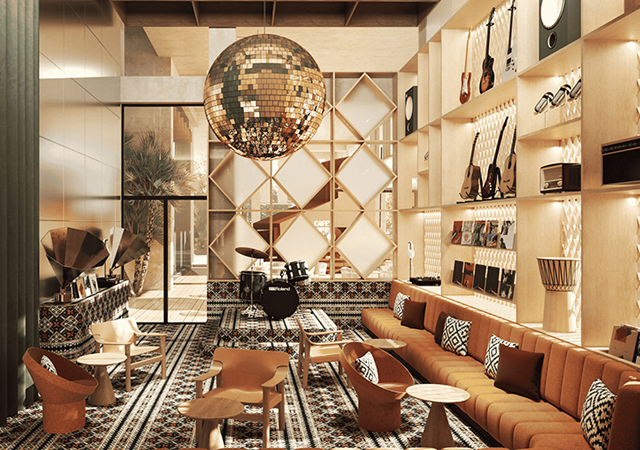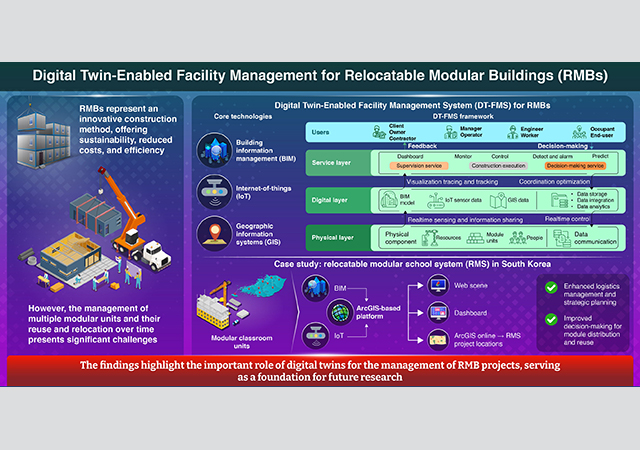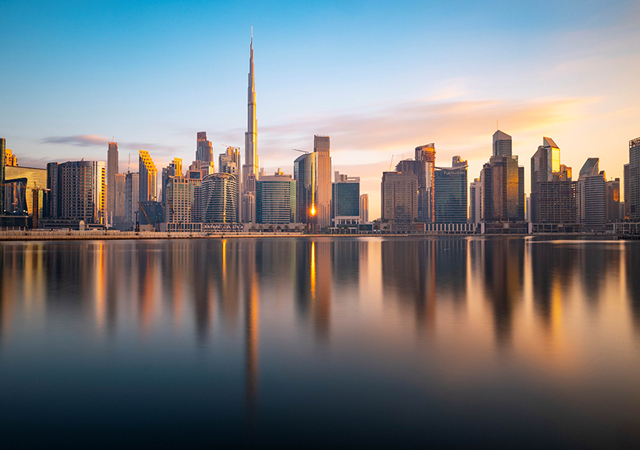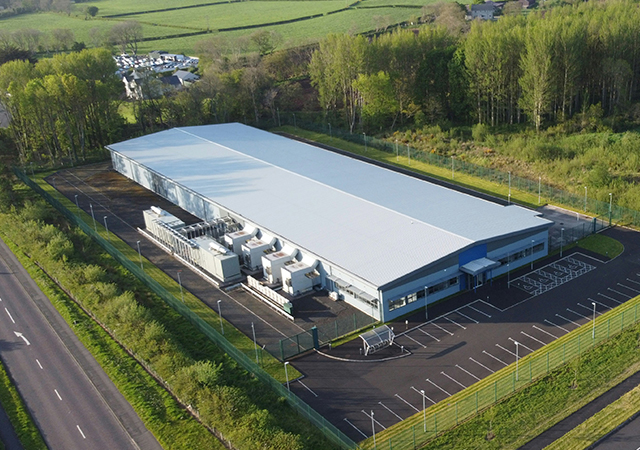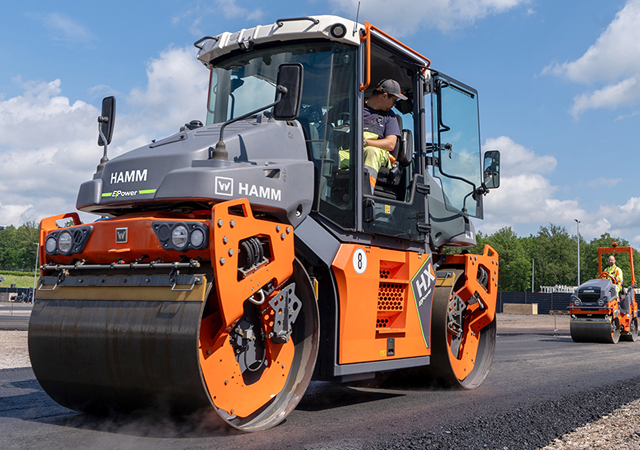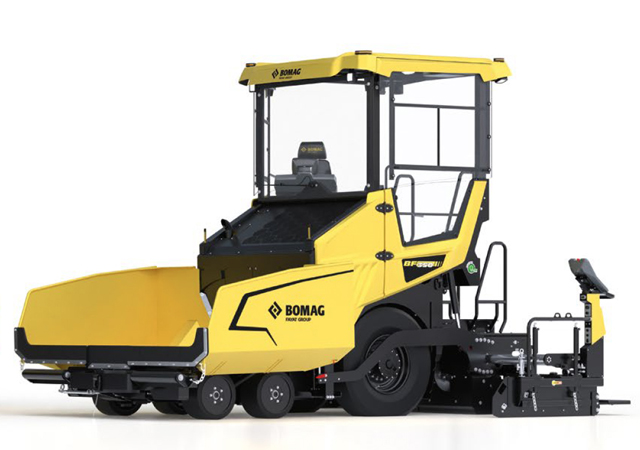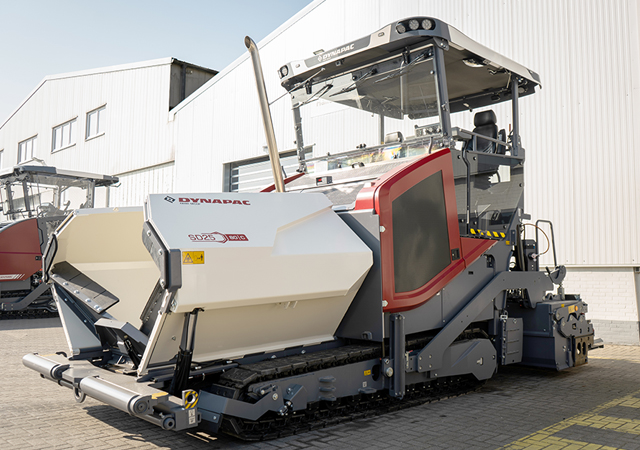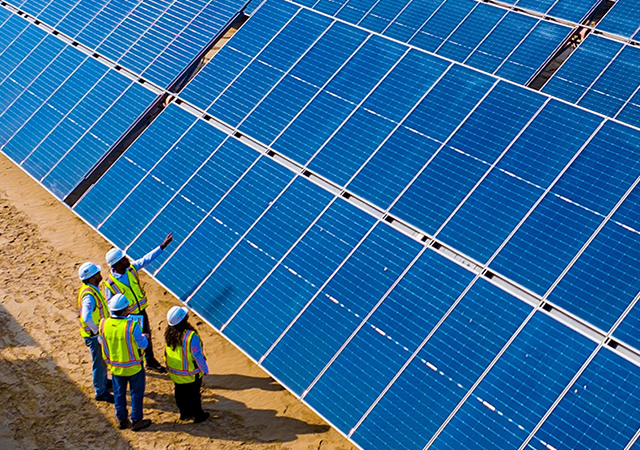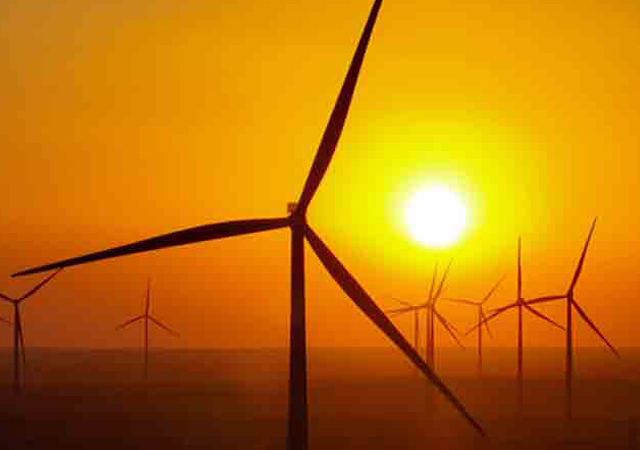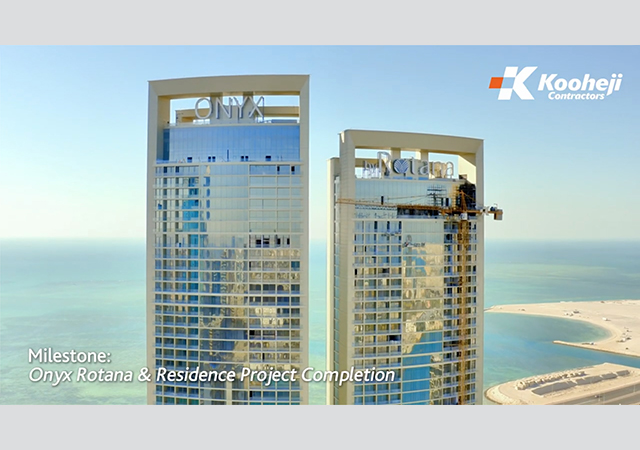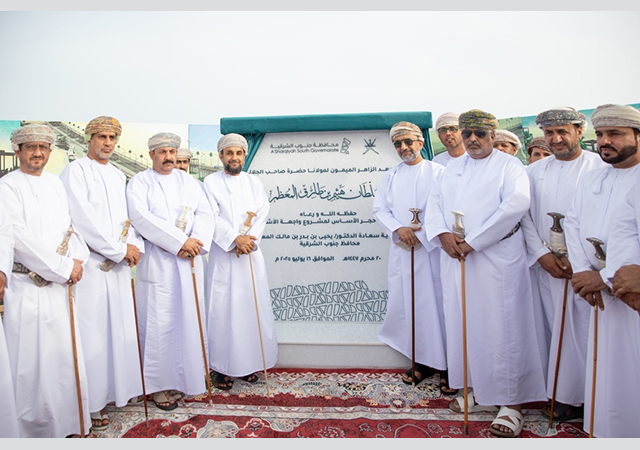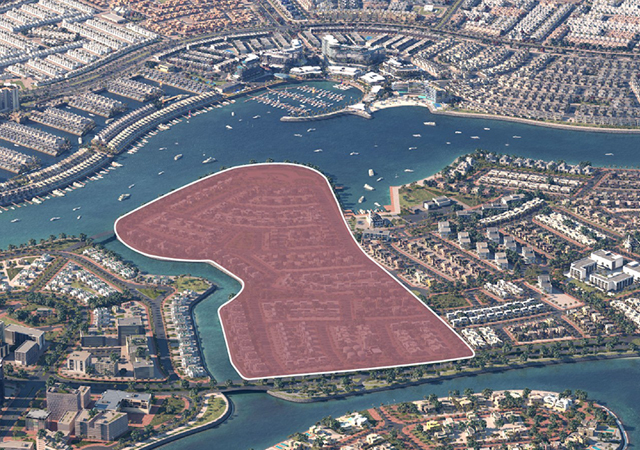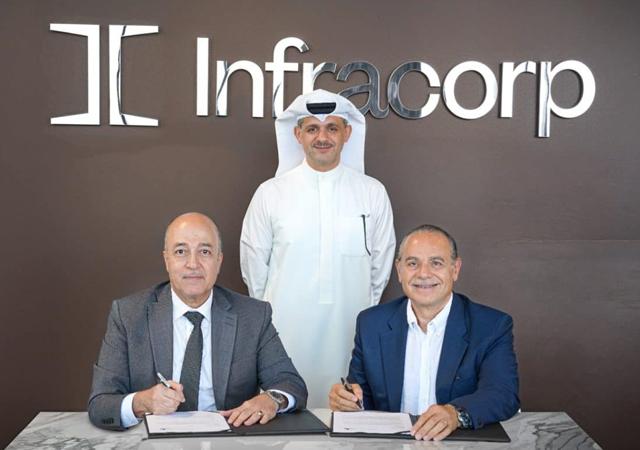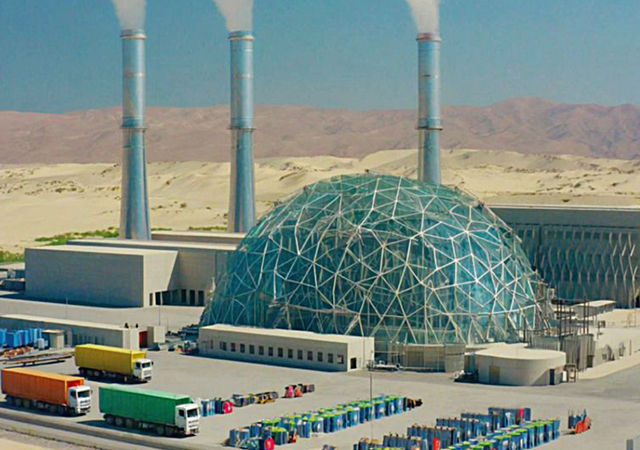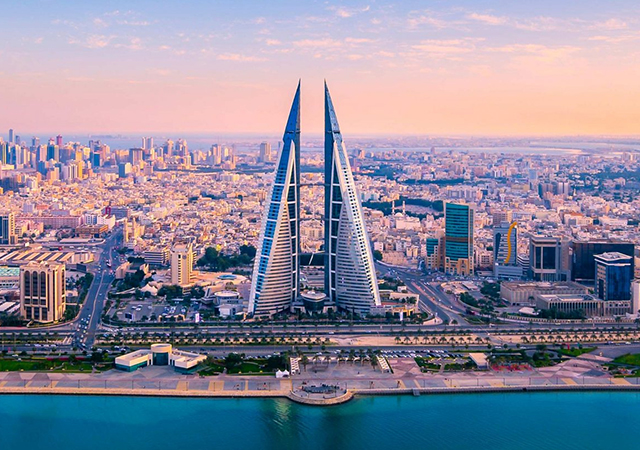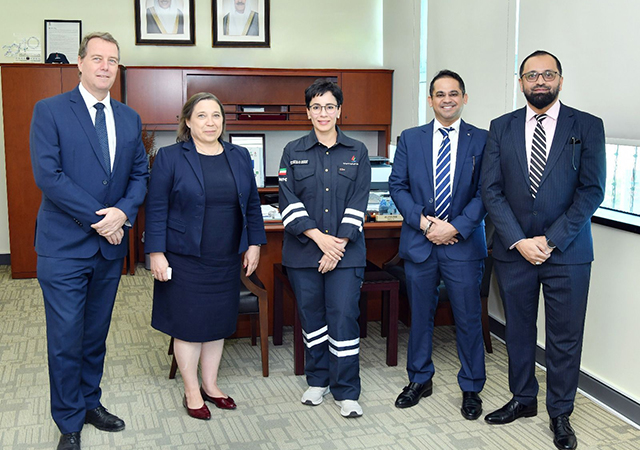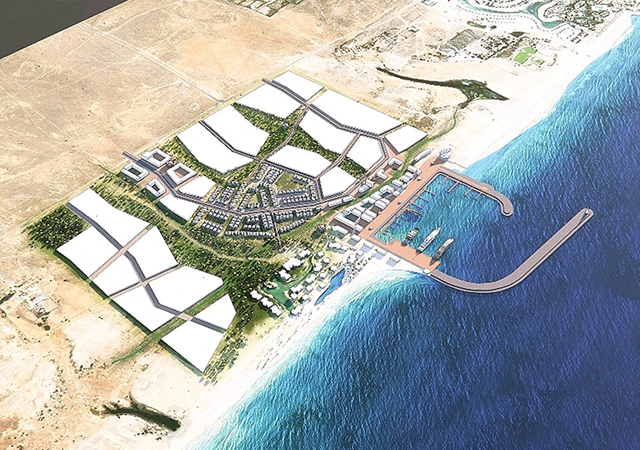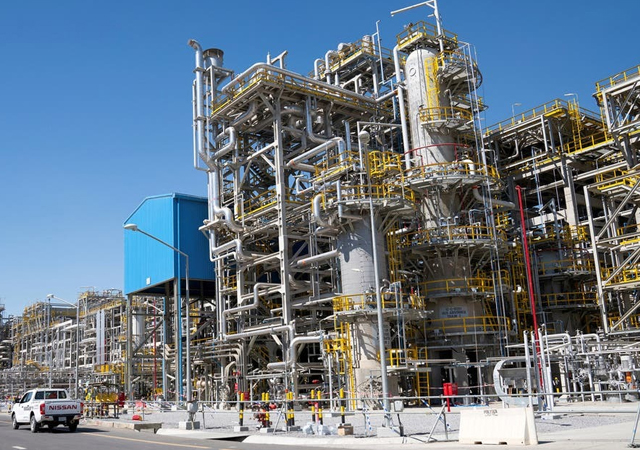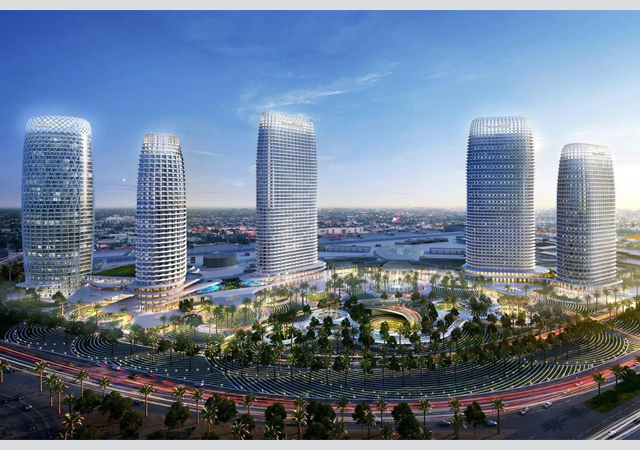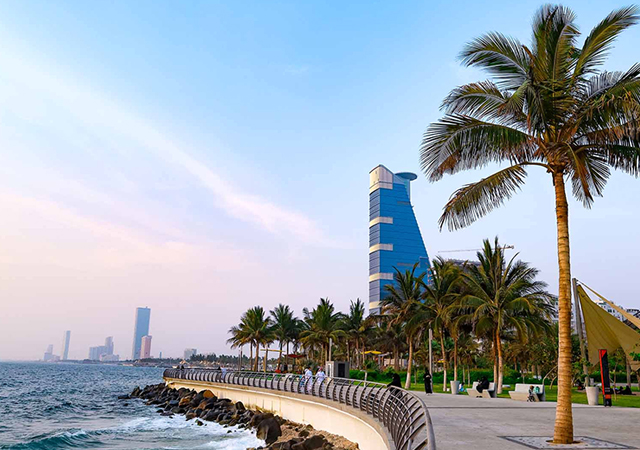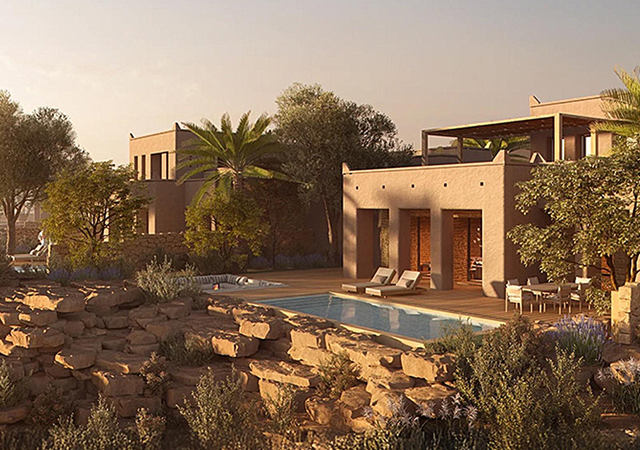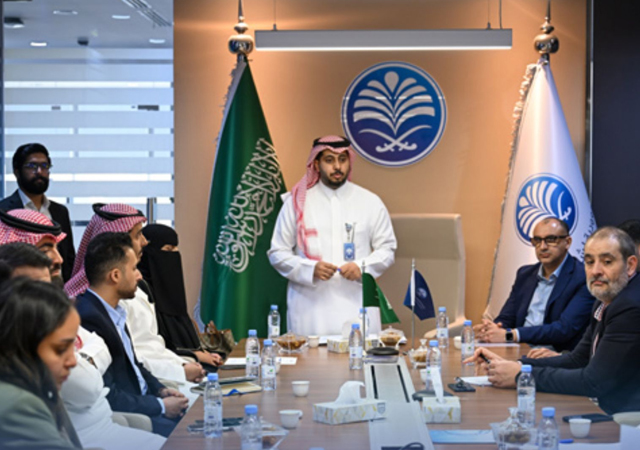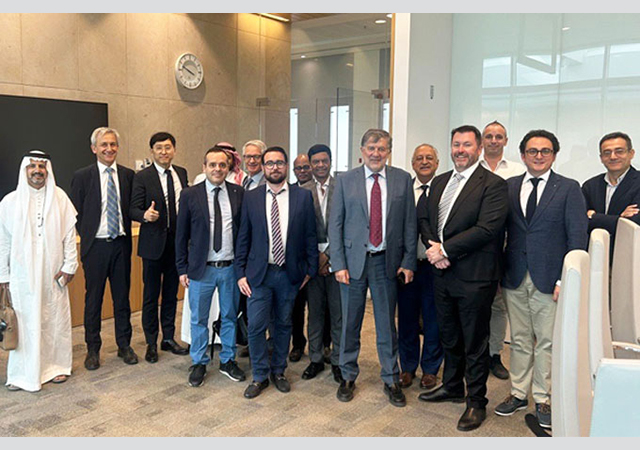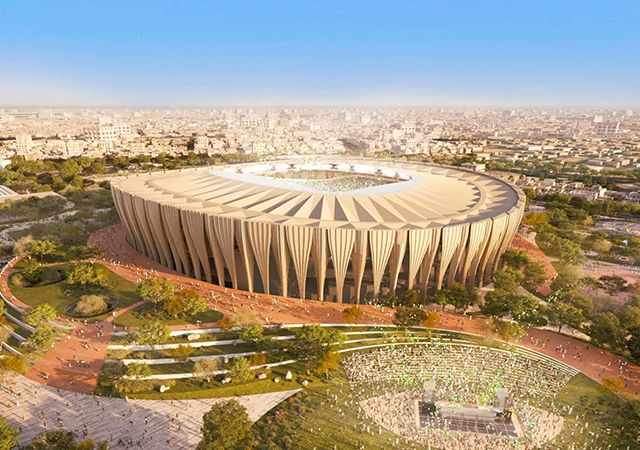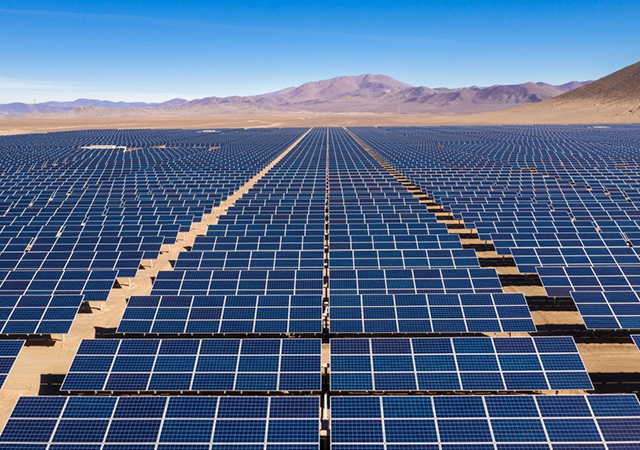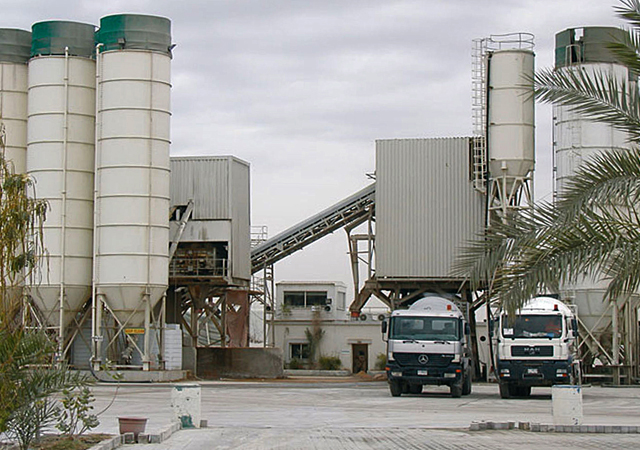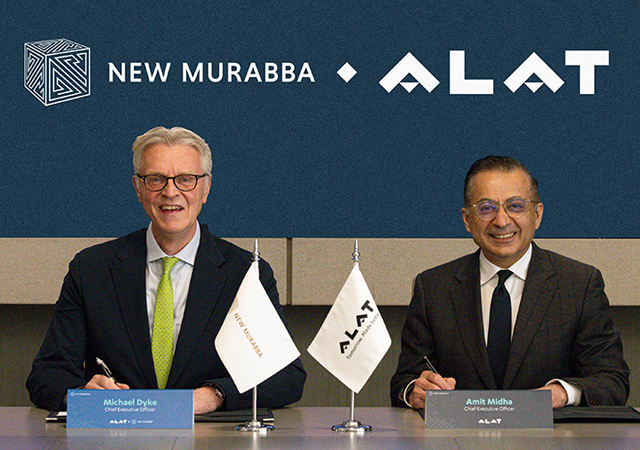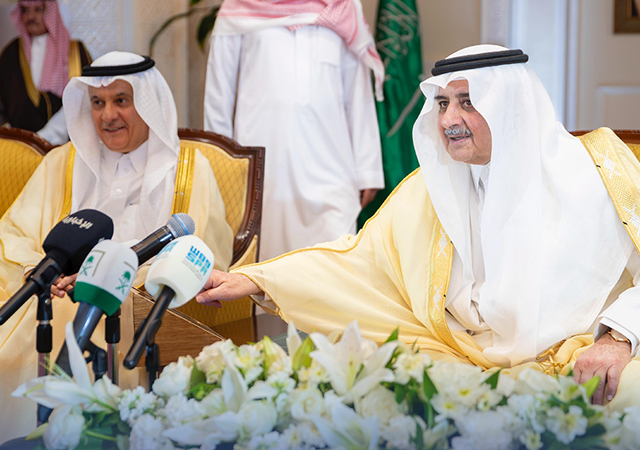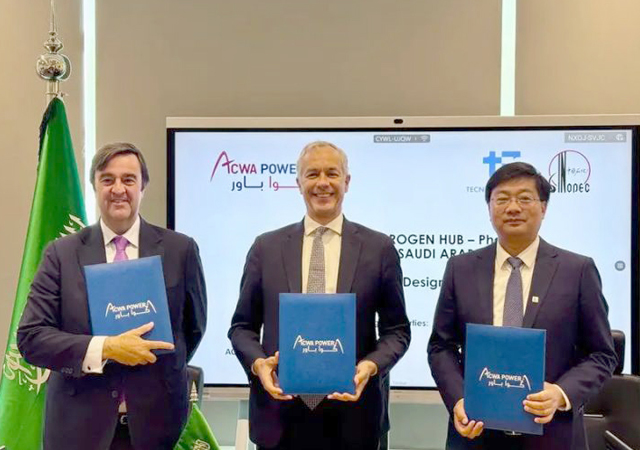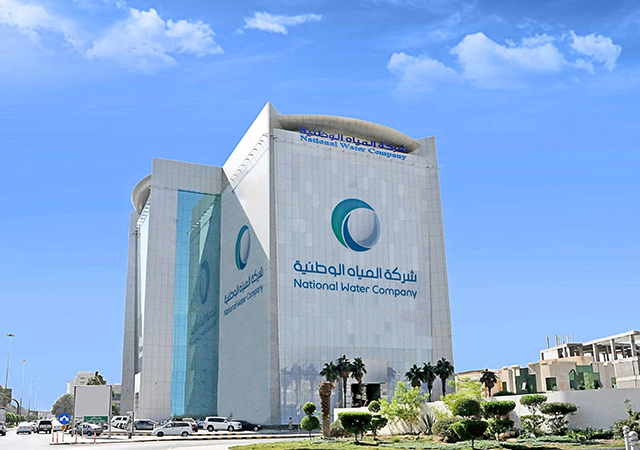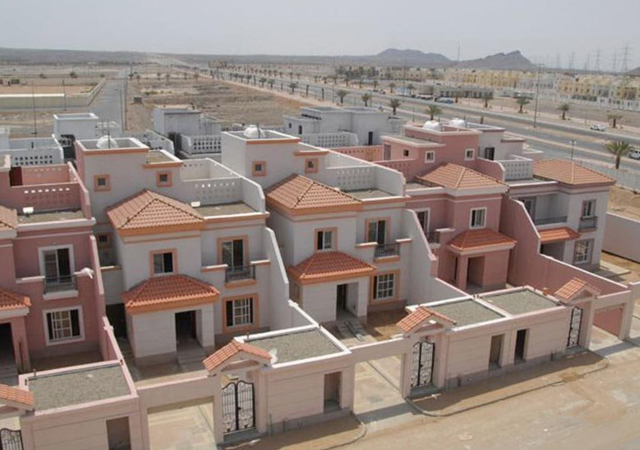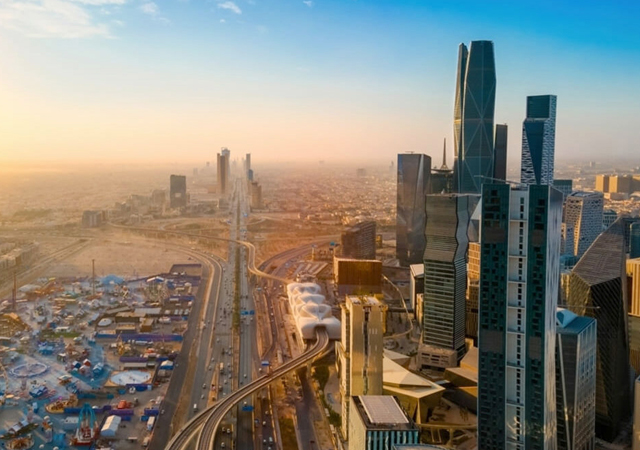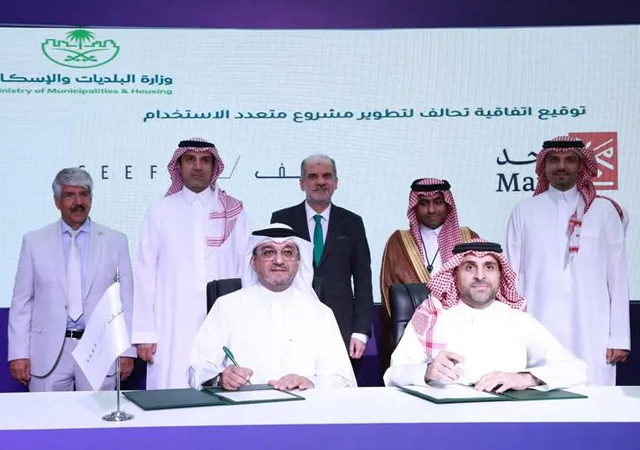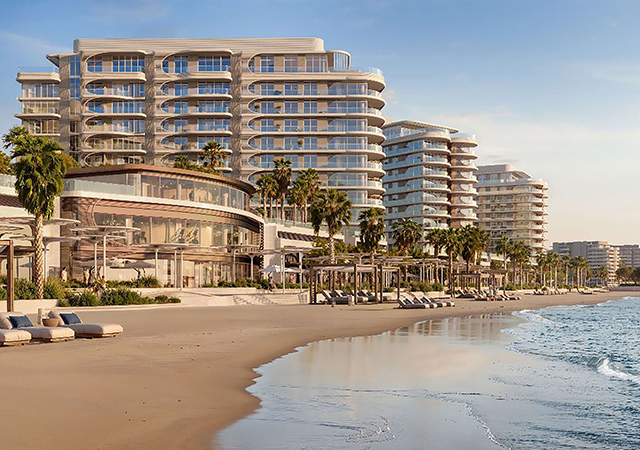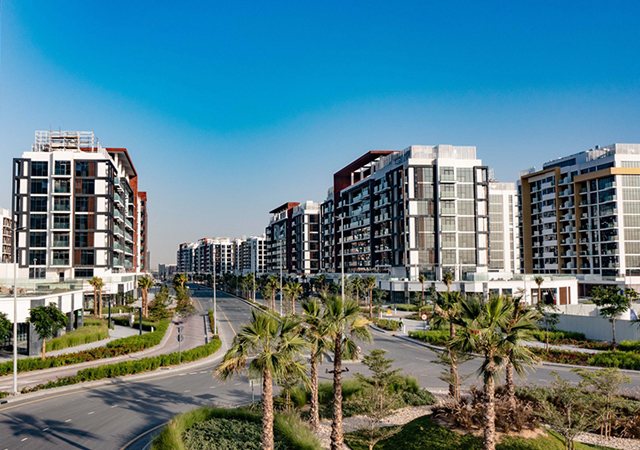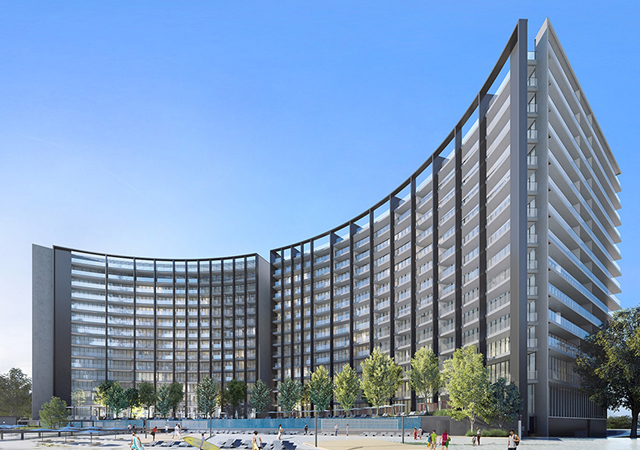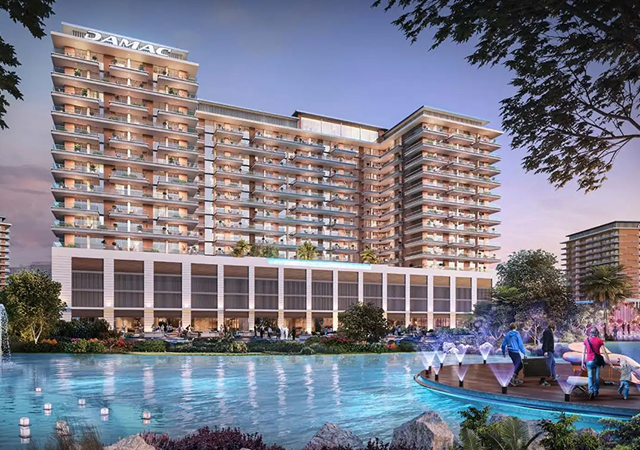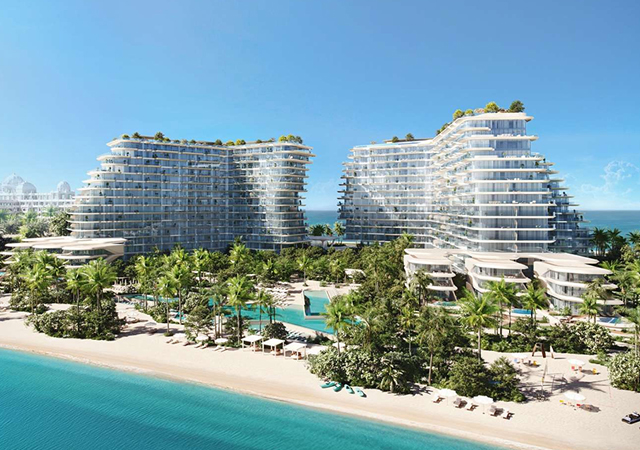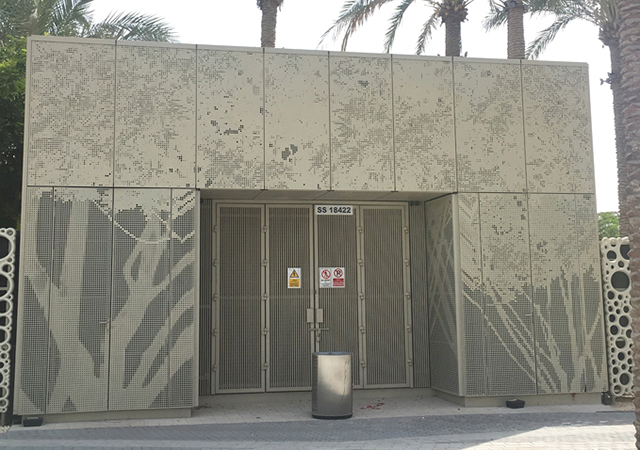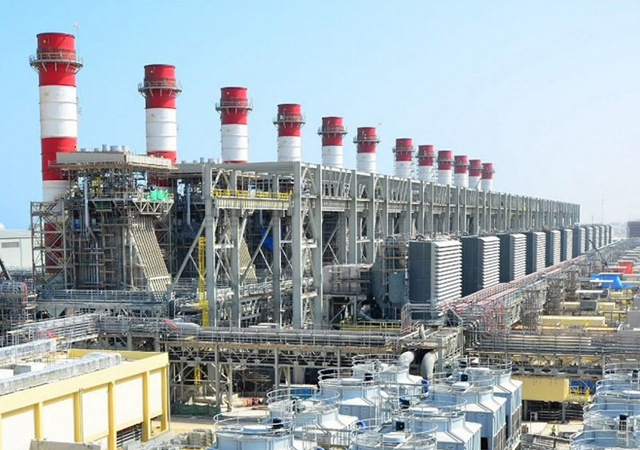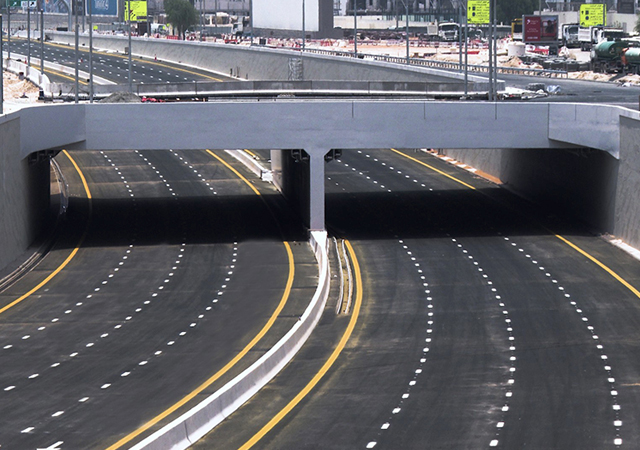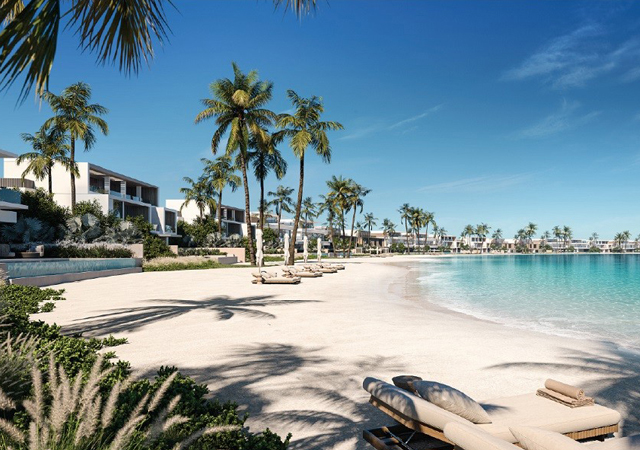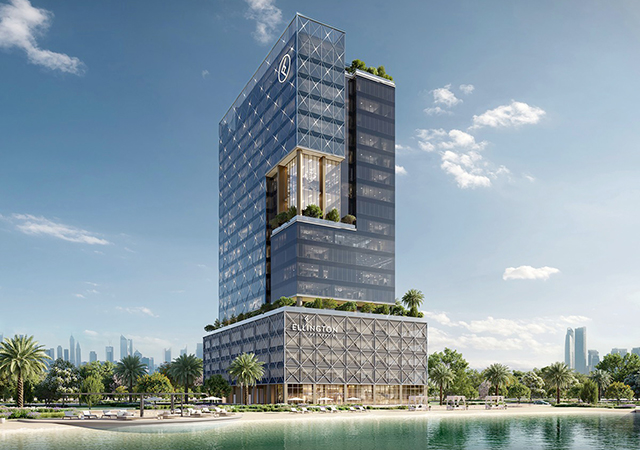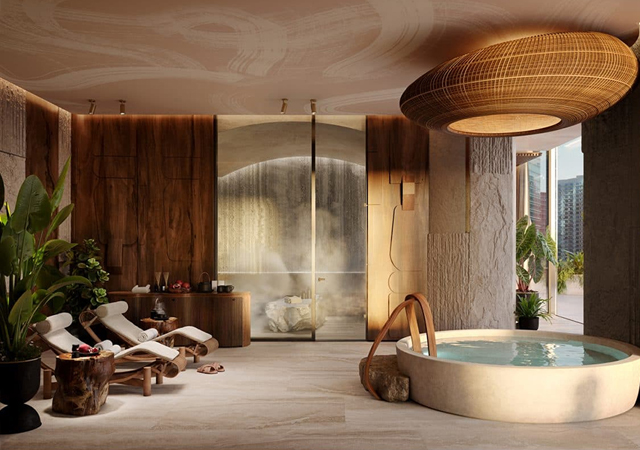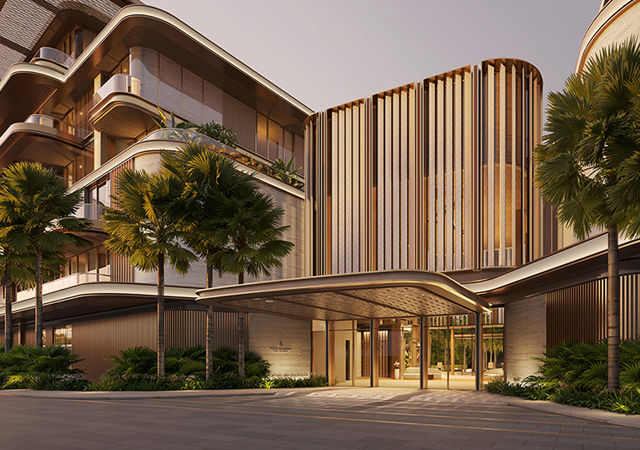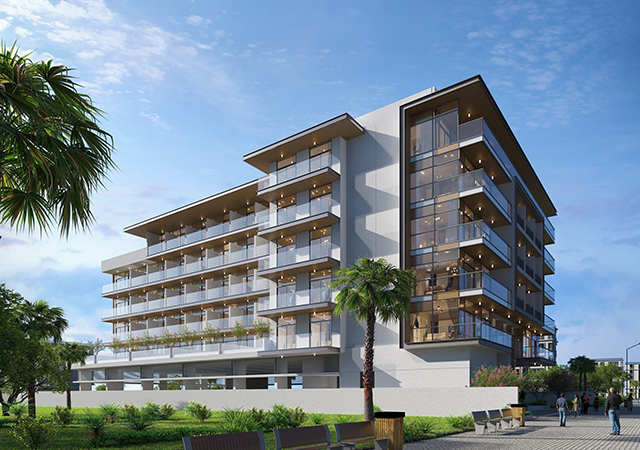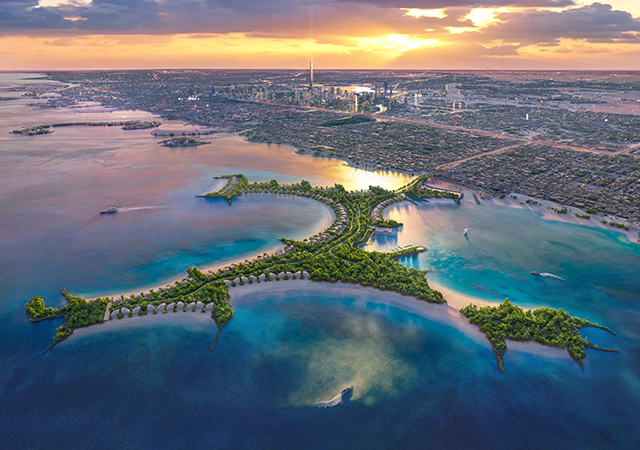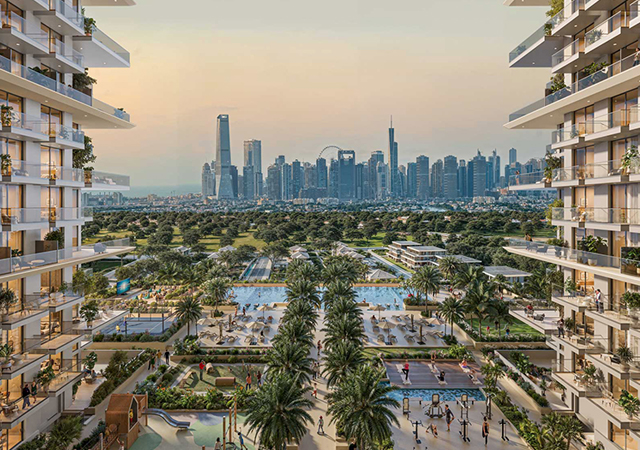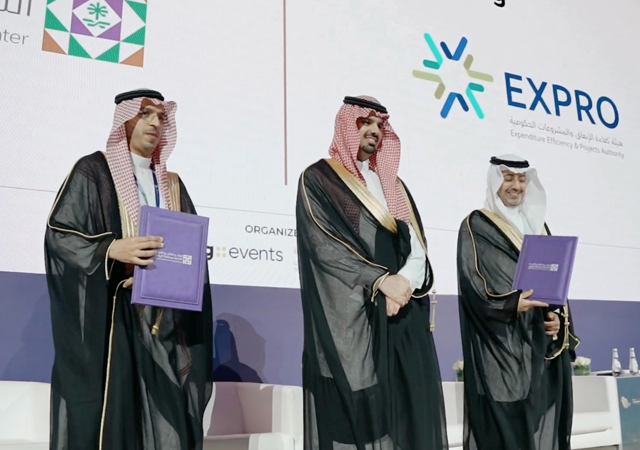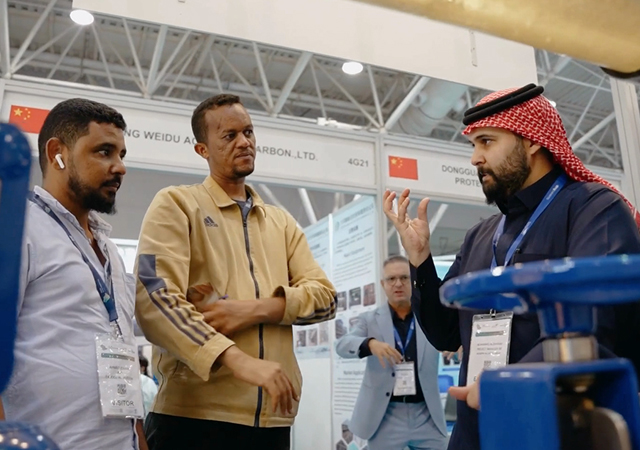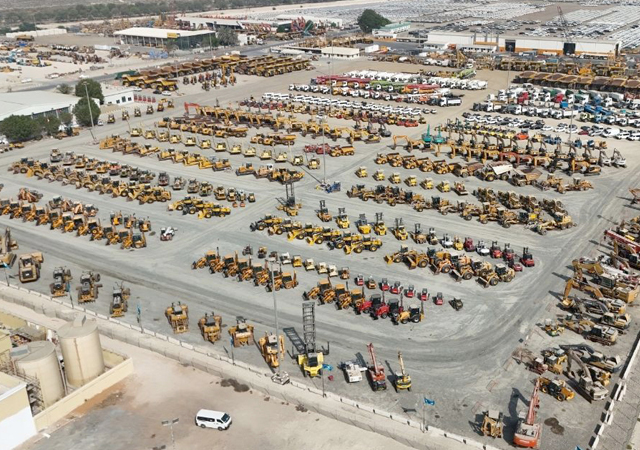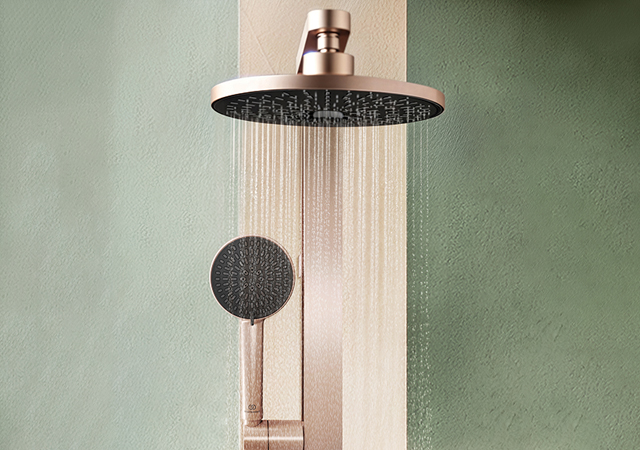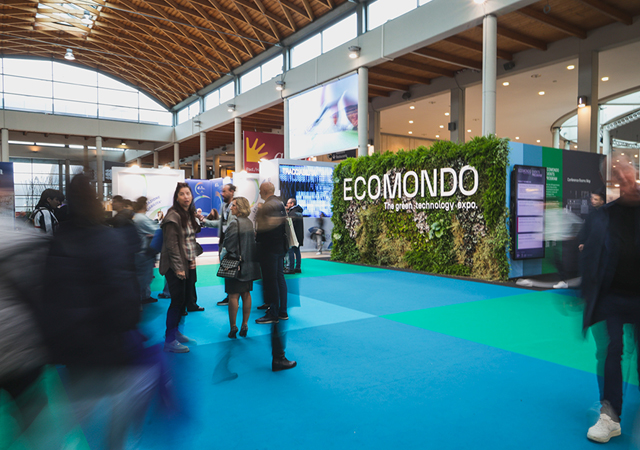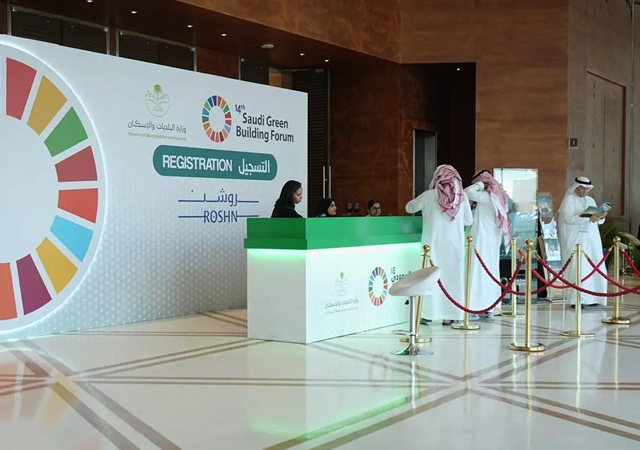
 The Unimix team after completing the successful pour.
The Unimix team after completing the successful pour.
Burj Dubai, the iconic tower developed by Emaar Properties, has shattered a few records enroute to becoming the second tallest building in the world.
Standing at 468.1 m high and with 130 storeys, at May end, the Burj Dubai is taller than Petronas Towers in Malaysia (452 m) and Sears Tower in Chicago (442 m), and is second only to Taipei 101 (509 m), taller by only 39.9 m.
The tower has also set a new world record for vertical concrete pumping for a building, by pumping to over 460 m. The previous record was held by Taipei 101 for pumping concrete up to a height of 448 m.
Burj Dubai now has its eyes trained on breaking the all-time world record for vertical transportation of concrete set during the extension of the Riva del Garda Hydroelectric Power Plant in Italy in 1994, when concrete was pumped to a record level of 532 m.
“This is another proud moment for Dubai as the city’s iconic tower continues to scale its way upward to become the tallest building in the world,” says Mohamed Ali Alabbar, chairman, Emaar Properties. “From now on, every new level and every additional metre on Burj Dubai will be the culminating steps in building an architectural and engineering marvel that reiterates Dubai’s global capabilities.”
He added: “Burj Dubai is already in the international spotlight, and with the cladding work having commenced and being undertaken at an accelerated pace, the world’s tallest building will be completed according to plans.
“The construction of the tower, indeed, marks the cosmopolitan approach of Dubai, whereby the best minds from all over the world come together to realise a vision for growth.”
Installation of curtain-wall glass panels commenced on Level 19 of the super-structure.
“With the start of the curtain-wall installation, the finishing works will proceed at full speed,” says Greg Sang, assistant director – projects, Emaar Properties. “With the tower’s façade being put in place, the elegant shape and form as envisaged in the architectural design will become a reality. The contractors have put in place an accelerated programme to fabricate and install the panels, which will enable the on-schedule completion of the tower.”
Al Ghurair Construction Industries, representing the contractor Arabian Aluminium Company, and Hong Kong-based Far East Aluminium Works, its joint venture partner, started the cladding work, which lends an elegant glass façade for the tower.
The first batch of cladding comprises 25 panels specially fabricated using advanced engineering techniques and air-freighted to Dubai. Made of high-performance materials, the curtain-wall will enhance the building’s distinctive appearance and seal the interior from the external heat, wind, moisture, and noise.
“The start of curtain wall installation on Burj Dubai, ahead of our schedule, has been a challenging task and memorable achievement for us,” said Bashar Kayali, general manager, Arabian Aluminium Company. “This accomplishment will enable us to undertake the rest of the work at an accelerated pace.”
Designed by Chicago-based Skidmore, Owings & Merrill (SOM), Burj Dubai is being constructed by high-rise experts South Korea’s Samsung Corporation.
Turner Construction International is the project and construction manager. More than 318,000 cu m of reinforced concrete and 63,000 tonnes of reinforcing steel have been used in Burj Dubai’s construction to date.
The construction of 130 levels was completed in 1,226 days since excavation work started in January, 2004. Ten cranes and the world’s fastest high-capacity construction hoists – with a speed of up to 2 m/sec (120 m/min) – are used to move men and materials. “Burj Dubai is approaching its top-out and construction work has entered a new realm in engineering technology that has no parallels anywhere in the world,” said Alabbar.



